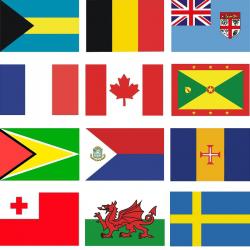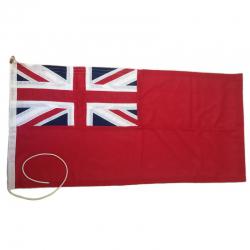Anyone who considers a yacht to be the most enjoyable form of transport is certainly familiar with flags. These decorative indicators have been considered vital for communication on the open water since the dawn of the Age of Sail, whether in the form of a country flag proudly displayed, or flags used in semaphore (signalling with two flags), to share important information between vessels. While flags might make a regular appearance in your many sailing adventures, how much do you know about the country flags of the world? Just as the history of maritime flags is fascinating, so too are some of the intriguing details that make up the world's broader relationship with the flag. Read on to claim such knowledge as your own!
- What is a flag expert called?
While few of us could name all the country flags in a pop quiz, some people are far more interested in this particular field of study than others. Those who achieve expert status on all things flag-related are known as Vexillologists. Their area of expertise is called Vexillology, derived from the Latin word vexillum, which literally means “flag” or “banner”.
- What is the origin story behind our use of flags?
Nobody knows the exact origin of our use of flags. However, we can date the use of standards in battle as far back as ancient Egypt or Assyria, so that means thousands of years of flying flags. The word “flag” itself finds its origin with the Saxon word “flaken”, which describes something flying, floating, or flapping in the wind.
- Can we have a taste of flag terminology?
When discussing the appearance of country flags of the world, it can be difficult to find the words to convey exactly what we see. A few key phrases can help us out here. For example, when we see an image placed on the flag, such as Japan's red circle, Mexico's coat of arms, or Canada's maple leaf, these emblems are known as charges. In contrast, when a segment of the flag is cut out and contains something different, like the 50 stars on the American flag or the cross on Finland's flag, we call this a canton.
Find out more from our Glossary of Flag terms and Parts of a Flag article.
- Do all country flags have four sides?
It would be easy to assume that all flags are rectangular, but this isn't actually the case. In fact, among the many country flags of the world, every single one has four sides except for that of Nepal. This striking flag resembles two triangles stacked together and represents both the Himalayan Mountains and the two religions of Hinduism and Buddhism. You might have picked up on the gap between terms “four sided” and “rectangular”, which we'll come back to it in a moment.
- I'm confused; are some country flags actually the same?
Have you ever struggled to see the difference between flags from different nations? There are some that are practically the same, such as the flags of Romania and Chad - and others that are incredibly similar. Only the shade of blue differentiates the country flags of the Netherlands and Luxembourg, while the Indonesian flag is the Polish flag in reverse and vice versa. On occasion, similar flags are developed in sheer coincidence, such as when Lichtenstein and Haiti both arrived at the Summer Olympics in 1936, only to find that their flags were identical.
- Is that the only flag scandal to ever occur at the Olympics?
The Olympics is always a place to see an assortment of country flags of the world flying together, although there have been a few flag-related incidents over the years. In 1920, the very first Olympic flag vanished causing great speculation. A staggering 77 years later it was revealed that an Olympian had smuggled the flag from the event in their suitcase. Several decades later, in 1906, an Irish Olympic athlete named Peter O Connor scaled a 20-foot flagpole in order to wave the Irish flag rather than the British one that he was representing. An assortment of Irish and Irish American competitors fought off the guards to facilitate this rebellious act of flag raising.
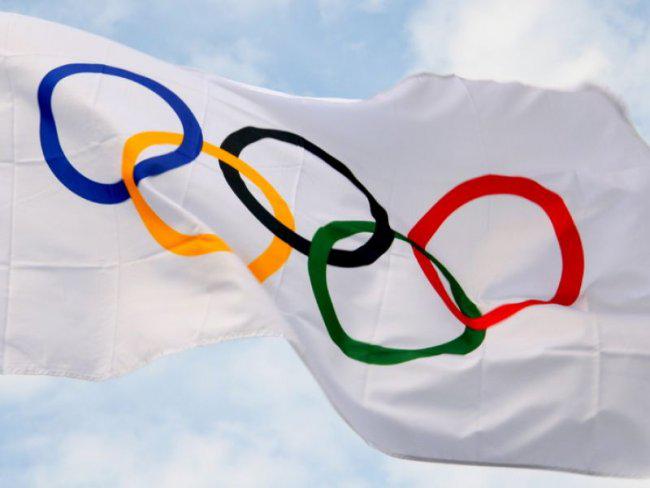
- What will happen to the Union Flag if Scotland leaves the United Kingdom?
Many Brits may find themselves wondering what could happen to the Union Flag if Scotland holds another referendum and chooses to leave the United Kingdom. Fascinatingly, the Union Flag represents the historic union of the crowns, rather than today's union of countries. This means that if Scotland does decide to go it alone, there won't necessarily be any call for the flag to change.
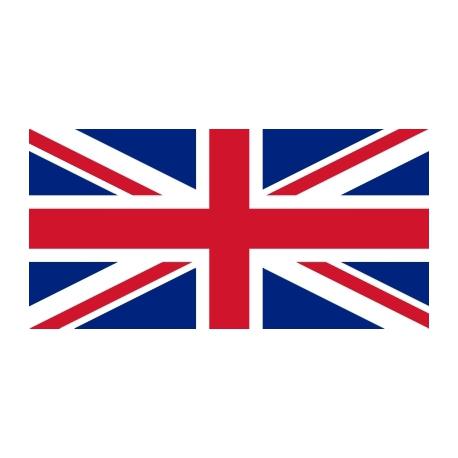
- What are the stripes on country flags called?
We explored charges and cantons, but do the stripes of colour so often seen on country flags have a special name? Of course, they do! Stripes seen on flags that are horizontal are called fessels, while vertical stripes are called pales. If a flag features diagonal divisions, these are known as bends.
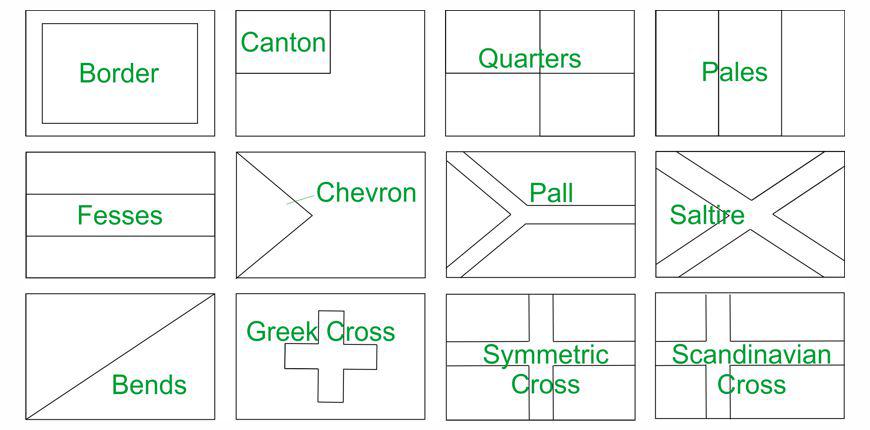
- What about the biggest country flags of the world?
The largest flag ever made, according to Guinness World Records at least, was a Romanian flag. This phenomenal creation weighed 5 tonnes and measured 349 x 227 metres, which is roughly three times the size of a football pitch! In other tales of giant flags, we find the story of truce talks between North and South Korea. At each meeting, both nations would try to bring a flag larger than the other. Escalation followed to the point that the flags could no longer fit in the room where the meetings were held, so another negotiation was initiated, to address the size of the flags themselves.
- How many country flags of the world are square?
As we mentioned earlier, there is only one national flag that deviates from the norm of having four sides. Among the rest, there are two flags that are squares rather than rectangles. Both the flags of Switzerland and Vatican City have four sides of equal length, making them unusual flags indeed.
- What happened to the American flag placed on the moon?
Perhaps one of the most famous national flags ever hoisted is the American flag planted on the moon during the Apollo 11 mission. While one might assume that this flag would have been made especially, the flag that was used actually cost only $5.50. According to mission reports, the flag was knocked over by the exhaust from the Lunar Module's take-off, so sadly it is unlikely to be still standing today.

- Do any flags change depending on the circumstances?
While nations often reinvent their flags from time to time, one flag is known to change depending on a particular circumstance. The Filipino flag is vertically flipped depending on whether the country is at war or not. When at peace, the blue stripe faces up, and when the nation is at war, the red stripe is flown at the top.

- Why are there not more purple flags?
The decadent colour purple has long been associated with riches and royalty. However, it is rarely seen on country flags. Historically, purple was omitted from the tradition of flag-making because the pigment to create purple dye was so expensive and hard to come by. Only in the 20th Century did this particular hue become accessible within any creative palette. Today, the colour is still hardly seen, although it does feature in accents on the flags of Nicaragua and Dominica.
- What is the oldest national flag of the world?
As mentioned above, country flags do tend to change over the course of time. Which do you think has remained the same for the longest? Denmark holds this particular title, with a flag that first appeared in 1219 and has been used constantly since 1625. The Danish flag is called Dannebrog and legend tells that it miraculously fell from the sky during a battle in the Northern Crusades.
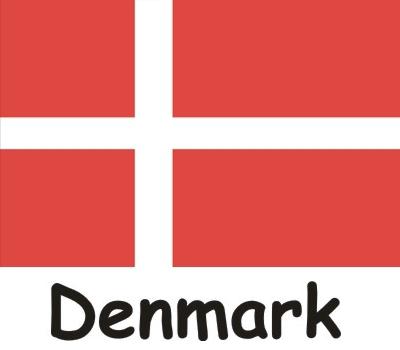
- How can flags help us know when the Queen is at home?
At times, Londoners and tourists will see the Union Flag flying over Buckingham Palace, but what does this mean? The various royal residences keep a flag flying at all times, but the sight of a country flag indicates that the Queen is not at home. Whenever she is in residence, the Royal Standard flies instead. The same rule is followed at Windsor Castle, and Sandringham. At Holyrood House and Balmoral in Scotland, the Royal Arms of Scotland is used to indicate that the Queen is not at home.
So, there you have it. A miscellaneous assortment of facts related to country flags of the world, that may come in handy the next time you find yourself at a pub quiz. Can you think of any fun facts that we missed?
Main Menu
Main Menu
Back
Main Menu
Back
Main Menu
Back
Back
Main Menu
Back
Main Menu
Back
Back
Main Menu
Back
Main Menu
Main Menu
Back
Main Menu
Back
Back
Back
Back
Back
Back
Back
Back





















